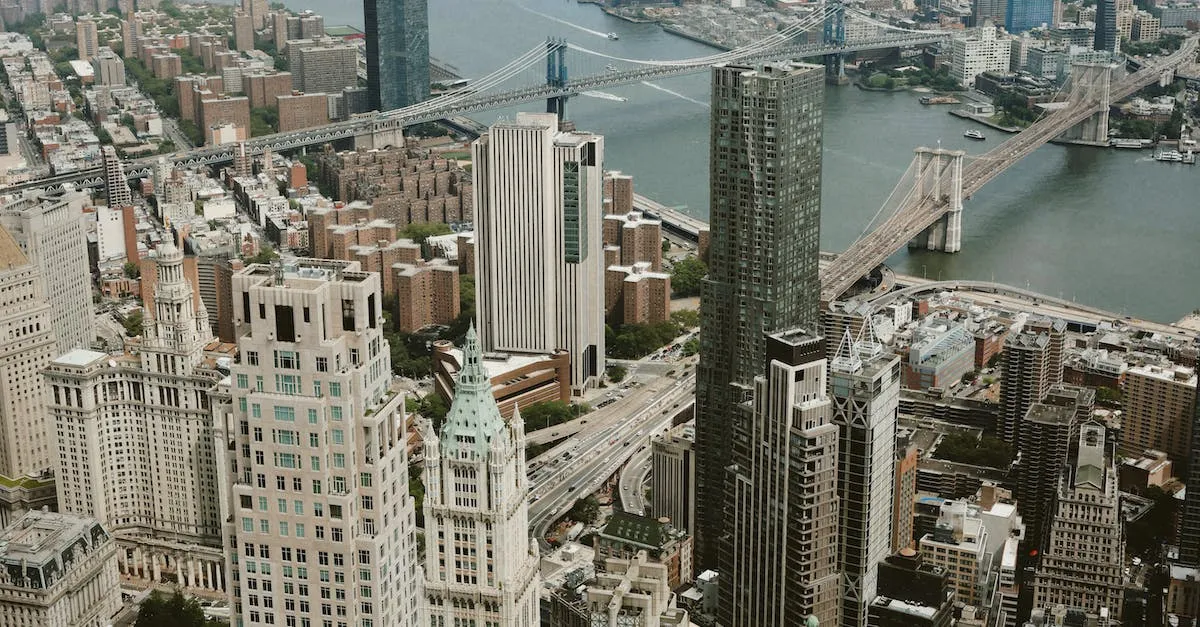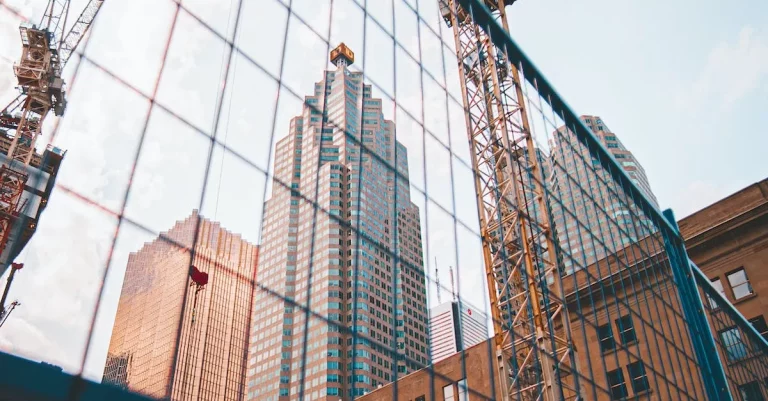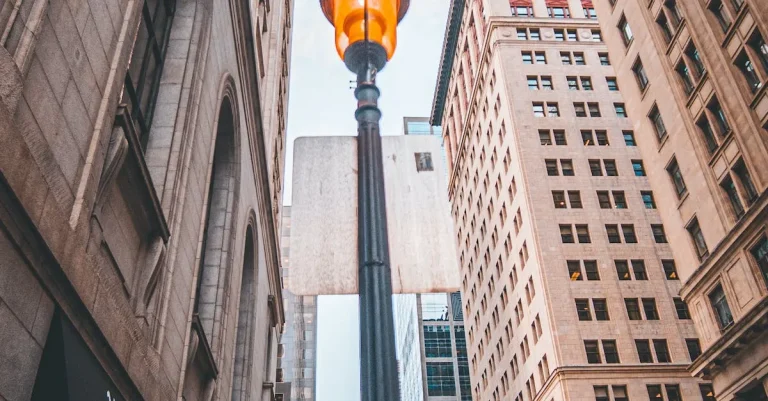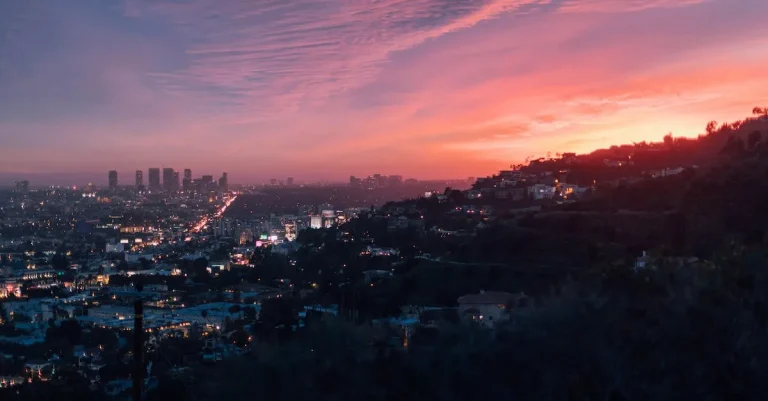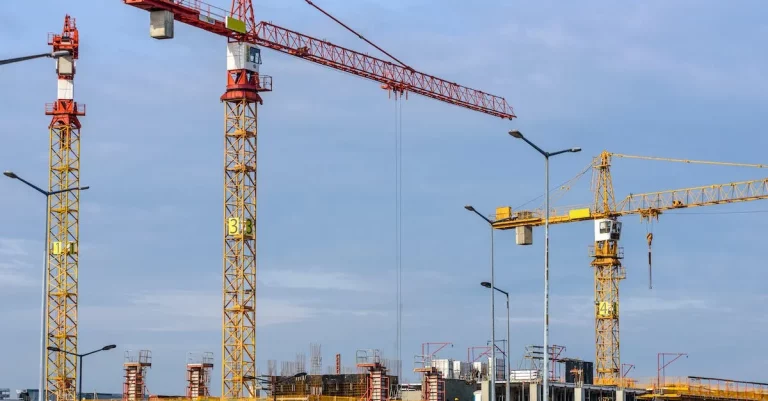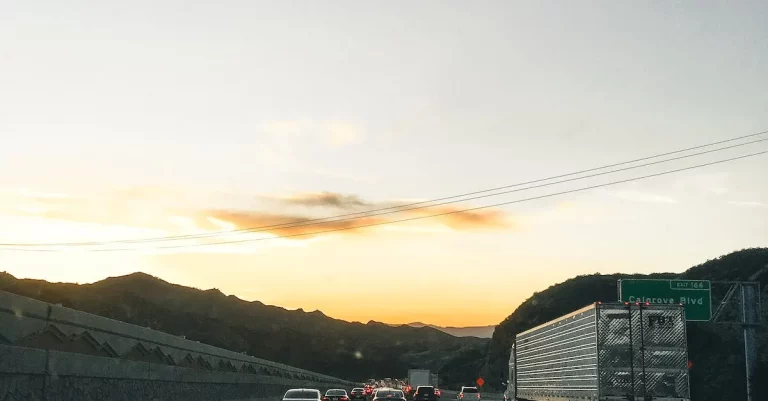How Many Bridges Are In New York City? An In-Depth Look
As an archipelago city encompassing 5 boroughs and over 60 miles of waterfront, New York City requires extensive infrastructure to keep its over 8 million residents connected. This includes a complex network of bridges—but exactly how many cross New York’s waterways?
If you’re short on time, here’s the quick answer: There are around 2,000 bridges and tunnels in New York City.
In this comprehensive guide, we’ll provide the full breakdown on New York City bridges. You’ll learn about iconic bridges like the Brooklyn and George Washington, East River crossings, smaller bridges in the outer boroughs, pedestrian bridges, privately operated bridges, and more. Whether you’re a NYC resident or just curious, read on for an in-depth look at how many bridges keep New York City on the move.
Bridges Over the East River
The East River is a crucial waterway in New York City, connecting the boroughs of Manhattan, Brooklyn, and Queens. It is spanned by several iconic bridges that serve as vital transportation links and architectural marvels.
Let’s take a closer look at some of the most notable bridges over the East River:
Brooklyn Bridge
The Brooklyn Bridge is perhaps the most famous bridge in New York City. Completed in 1883, it was the first steel-wire suspension bridge ever constructed. With its distinctive Gothic arches and towering stone towers, the Brooklyn Bridge has become an iconic symbol of the city.
It connects Lower Manhattan with Downtown Brooklyn and offers stunning views of the Manhattan skyline.
Manhattan Bridge
The Manhattan Bridge, completed in 1909, is another prominent bridge that spans the East River. It connects Chinatown in Manhattan with Downtown Brooklyn. The bridge’s steel suspension design is unique, with its distinctive web-like appearance.
The Manhattan Bridge is not as well-known as the Brooklyn Bridge, but it is an essential transportation link for commuters and offers beautiful views of the city.
Williamsburg Bridge
The Williamsburg Bridge, completed in 1903, is a vital connection between the Lower East Side of Manhattan and Williamsburg in Brooklyn. It is a suspension bridge with a distinctive blue color, making it stand out among other bridges in the city.
The Williamsburg Bridge is known for its pedestrian and bike lanes, offering a popular route for cyclists and walkers looking to cross the river.
Queensboro Bridge
The Queensboro Bridge, also known as the 59th Street Bridge, is an iconic cantilever bridge that connects Manhattan with Queens. Completed in 1909, it is one of the busiest bridges in New York City. The bridge is famous for its appearance in the opening sequence of the television show “The Jeffersons.”
It provides a vital link between the Upper East Side and Queens, handling a significant amount of vehicular traffic daily.
Others
In addition to the aforementioned bridges, there are several other bridges that span the East River, each with its own unique characteristics and history. These include the Roosevelt Island Bridge, the Ed Koch Queensboro Bridge, and the Pulaski Bridge.
These bridges play an essential role in connecting the different boroughs of New York City and facilitating the movement of people and goods.
For more information about the bridges in New York City, you can visit the New York City Parks website or the New York City Department of Transportation website.
Bridges Over the Harlem River
The Harlem River is a major waterway in New York City, separating the boroughs of Manhattan and the Bronx. Spanning this river are several bridges that connect the two boroughs, facilitating transportation and enhancing connectivity.
Let’s take an in-depth look at some of the prominent bridges over the Harlem River.
Willis Avenue Bridge
The Willis Avenue Bridge is one of the key crossings over the Harlem River. Opened in 1901, this swing bridge connects the neighborhoods of Mott Haven in the Bronx and East Harlem in Manhattan. It allows vehicular, pedestrian, and bicycle traffic to traverse between the two boroughs.
Third Avenue Bridge
Another important bridge over the Harlem River is the Third Avenue Bridge. Built in 1898, this fixed bridge provides a vital link between Manhattan and the South Bronx. It serves as a crucial transportation artery, accommodating both vehicular and pedestrian traffic.
Madison Avenue Bridge
The Madison Avenue Bridge, opened in 1910, is yet another notable crossing over the Harlem River. It connects Manhattan’s Harlem neighborhood with the South Bronx. Similar to the other bridges, it accommodates vehicular and pedestrian traffic, contributing to the overall connectivity of the city.
Others
In addition to the aforementioned bridges, there are several other bridges that span the Harlem River, including the Macombs Dam Bridge, the 145th Street Bridge, and the University Heights Bridge. Each of these bridges plays a crucial role in connecting the various neighborhoods and facilitating the movement of people and goods.
For more information about the bridges over the Harlem River, you can visit the official website of the New York City Department of Transportation: https://www1.nyc.gov/html/dot/html/bridges/bridges.shtml.
Major Outer Borough Bridges
Verrazano-Narrows Bridge
The Verrazano-Narrows Bridge is one of the most iconic landmarks in New York City. It connects the boroughs of Staten Island and Brooklyn and spans over the Narrows, the entrance to the New York Harbor. With a total length of 4,260 feet, it is one of the longest suspension bridges in the world.
The bridge was named after the Italian explorer Giovanni da Verrazzano and opened to traffic in 1964. It offers stunning views of the city skyline and is an essential part of the transportation infrastructure in the area.
Bronx-Whitestone Bridge
The Bronx-Whitestone Bridge is another significant bridge in New York City, connecting the boroughs of the Bronx and Queens. It crosses the East River and offers a vital link between these two bustling neighborhoods.
The bridge measures approximately 2,300 feet in length and was opened to traffic in 1939. It provides a convenient route for commuters and travelers, reducing congestion on other nearby bridges. The Bronx-Whitestone Bridge is a testament to the city’s commitment to improving transportation infrastructure.
Throgs Neck Bridge
The Throgs Neck Bridge is a crucial connection between the boroughs of the Bronx and Queens. This suspension bridge spans the East River and provides a vital link for both commuters and commercial traffic.
With a total length of approximately 2,910 feet, it offers a convenient route for those traveling between these two boroughs. The Throgs Neck Bridge was opened to traffic in 1961 and has since become an important landmark in the city’s transportation landscape.
Henry Hudson Bridge
The Henry Hudson Bridge is a significant bridge that spans the Harlem River, connecting the boroughs of Manhattan and the Bronx. This arch bridge, with a total length of approximately 2,000 feet, provides a critical link for commuters traveling between these two areas.
Opened to traffic in 1936, the Henry Hudson Bridge has played an essential role in connecting communities and facilitating transportation in the city. It offers stunning views of the surrounding area and is a popular spot for pedestrians and cyclists.
These major outer borough bridges in New York City are not only essential pieces of infrastructure but also iconic symbols of the city’s engineering prowess. They facilitate the movement of people and goods, reduce congestion on other routes, and provide breathtaking views of the city.
To learn more about these bridges and their history, you can visit the official websites of the Metropolitan Transportation Authority and the New York City Department of Transportation.
Pedestrian Bridges
When it comes to pedestrian bridges, New York City offers a variety of options for both locals and tourists to explore. These bridges not only provide a convenient way to get from one point to another but also offer stunning views of the city’s iconic skyline.
Let’s take a closer look at some of the most notable pedestrian bridges in NYC.
Brooklyn Bridge
The Brooklyn Bridge is perhaps one of the most famous bridges not only in New York City but in the world. Spanning the East River and connecting the boroughs of Manhattan and Brooklyn, this iconic suspension bridge is a must-visit for anyone in the city.
Walking across the Brooklyn Bridge allows pedestrians to enjoy breathtaking views of the Manhattan skyline, the Statue of Liberty, and the bustling activity on the East River below. It’s no wonder that this bridge has become a symbol of New York City itself.
High Line
The High Line is not your typical bridge but rather a unique elevated linear park built on a historic freight rail line. Stretching for 1.45 miles on Manhattan’s West Side, this elevated park offers visitors a serene escape from the city streets while providing stunning views of the surrounding neighborhoods.
Walking along the High Line, you can enjoy beautifully landscaped gardens, public art installations, and even grab a bite to eat at one of the various food vendors. It’s a great way to experience New York City from a different perspective.
Many in Parks
New York City’s parks are home to numerous pedestrian bridges that add charm and functionality to these green spaces. For example, Central Park boasts several bridges, including the iconic Bow Bridge, which has been featured in numerous films and is a popular spot for wedding proposals.
Prospect Park in Brooklyn also offers several picturesque bridges, such as the Lullwater Bridge and the Peninsula Bridge, which provide picturesque views of the park’s lakes and landscapes. These bridges not only serve as convenient pathways but also enhance the overall aesthetic appeal of the parks.
For more information on pedestrian bridges in New York City, you can visit the official websites of the Brooklyn Bridge (www.brooklynbridgepark.org), the High Line (www.thehighline.org), and the New York City Department of Parks and Recreation (www.nycgovparks.org).
Other Bridge Facts and Figures
Privately Operated Bridges
In addition to the numerous bridges owned and operated by the city, New York City is home to several bridges that are privately owned and maintained. One notable example is the George Washington Bridge, which is operated by the Port Authority of New York and New Jersey.
This iconic bridge spans the Hudson River and connects Manhattan to New Jersey. Another privately operated bridge is the Verrazzano-Narrows Bridge, which links the boroughs of Staten Island and Brooklyn.
These privately operated bridges play a crucial role in connecting different parts of the city and facilitating transportation.
NYC’s 2 Tunnels
While bridges are a common sight in New York City, the city also has two major tunnels that help transport people and goods. The Lincoln Tunnel, which connects New Jersey to Midtown Manhattan, is one of the busiest vehicular tunnels in the world.
It consists of three tubes and carries a significant amount of traffic each day. The other major tunnel is the Queens-Midtown Tunnel, which connects Queens to Midtown Manhattan. These tunnels are essential for commuters and are vital lifelines for the city’s transportation network.
Most & Least Used Bridges
With so many bridges in New York City, it’s interesting to note which ones are the most and least used. The Brooklyn Bridge, one of the city’s most iconic landmarks, sees a massive amount of foot traffic each day, with both locals and tourists flocking to enjoy its stunning views.
Another highly utilized bridge is the Williamsburg Bridge, which connects the Lower East Side of Manhattan to Brooklyn. On the other end of the spectrum, the Henry Hudson Bridge, which spans the Harlem River, is one of the least used bridges in the city.
These usage patterns can be attributed to various factors such as proximity to popular destinations, alternative transportation options, and specific commuting patterns.
For more information on New York City’s bridges, you can visit the official website of the New York City Department of Transportation. Here, you can find detailed information about each bridge, including historical background, construction details, and current usage statistics.
Conclusion
From the mighty suspension bridges like the Verrazano-Narrows to small footbridges in neighborhood parks, New York City’s 2,000+ bridges are critical infrastructure that keeps the city connected. This deep dive provides insight into the many bridges that allow millions of New Yorkers to crisscross between boroughs and neighborhoods day in and day out.

